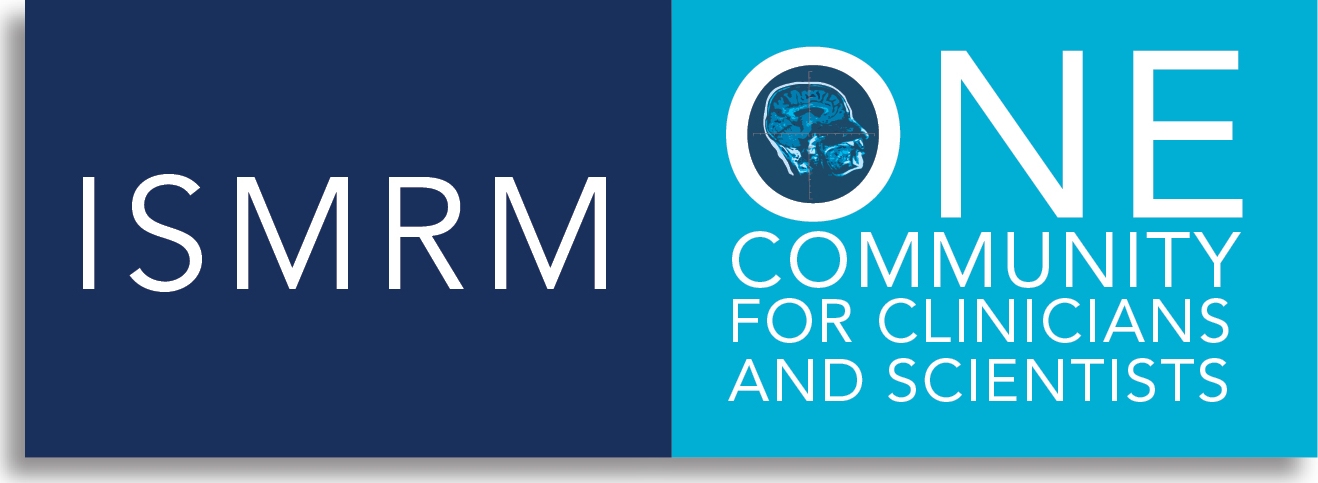|
|

|
||
|
E-news from the |
|||
|
|||
|
I came from a small village in Northeast China. My childhood dream is to become an artist. After I got my bachelor and masterís degree in Biochemical Engineering at Tianjin University, I went to Case Western Reserve University to study Biomedical Imaging, for the reason that I think MRI is a perfect combination of art, science and engineering. At Case Western, I had the opportunity to work with Dr. Xin Yu on cardiac MRI. I used MRI and various cellular/molecular methods to characterize the cardiac functional changes in genetically altered mice. This research in Dr Yuís laboratory laid the foundation of my knowledge in MRI and stimulated my passion for developing and applying novel MRI methods to study important biological questions.
After finishing my PhD degree,
I came to Duke University as a postdoc to further my studies
in MRI. My research with Dr. Chunlei Liu is focused on
magnetic susceptibility imaging. I developed robust methods
for phase processing and quantitative susceptibility
mapping, which was shown to be especially good for high
resolution brain imaging. Working closely with Dr. Liu and
our collaborators from Duke and many other institutions, we
have successfully applied these methods for mapping the
brain magnetic susceptibility changes in preclinical animal
models and human subjects with various neurological diseases
or during normal ageing. Recently, it is shown that the
magnetic susceptibility of brain white matter is
anisotropic, and this anisotropy can be described by
susceptibility tensor. I have been working on further
development of susceptibility tensor imaging (STI) and the
elucidation of its underlying physical principles. We have
demonstrated the STI of human brain in vivo, and the STI-based
fiber tractography of mouse brain ex vivo. With biophysical
modeling, we found that the cylindrically aligned myelin
lipids are likely to be the major source of MRI-observed
macroscopic susceptibility anisotropy. |
|||

